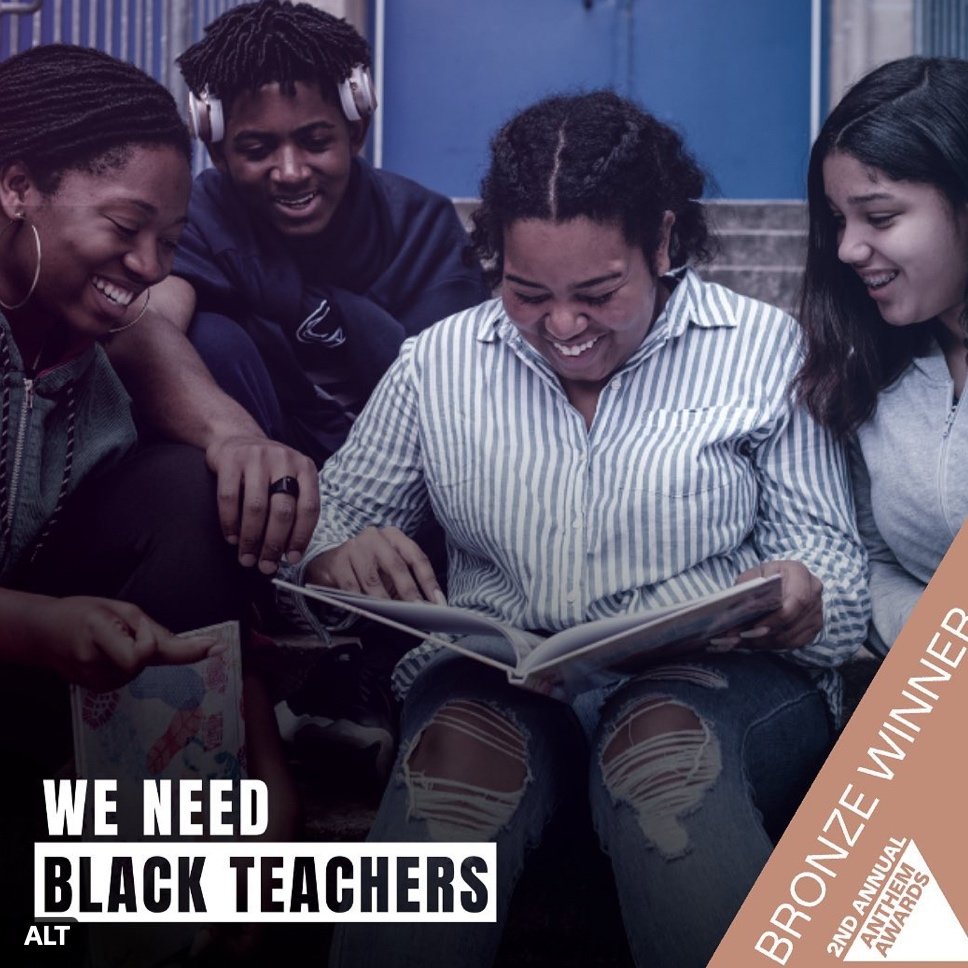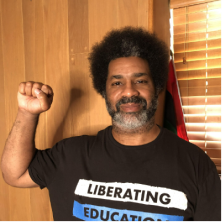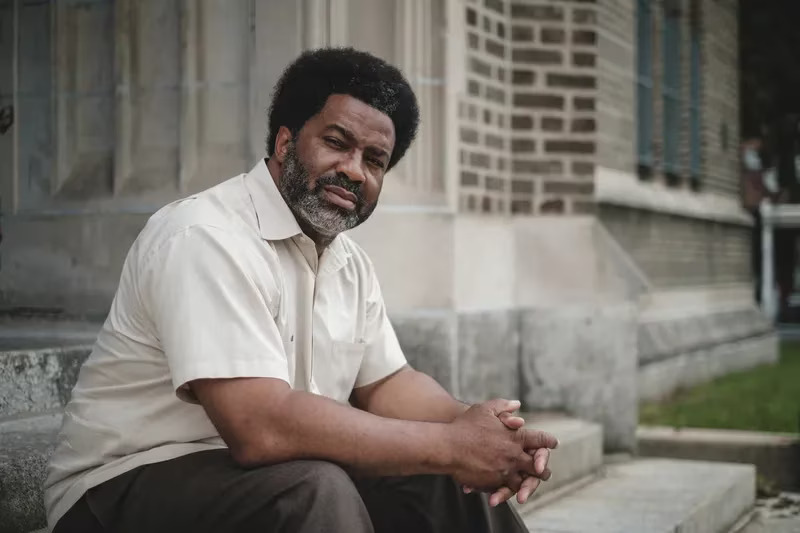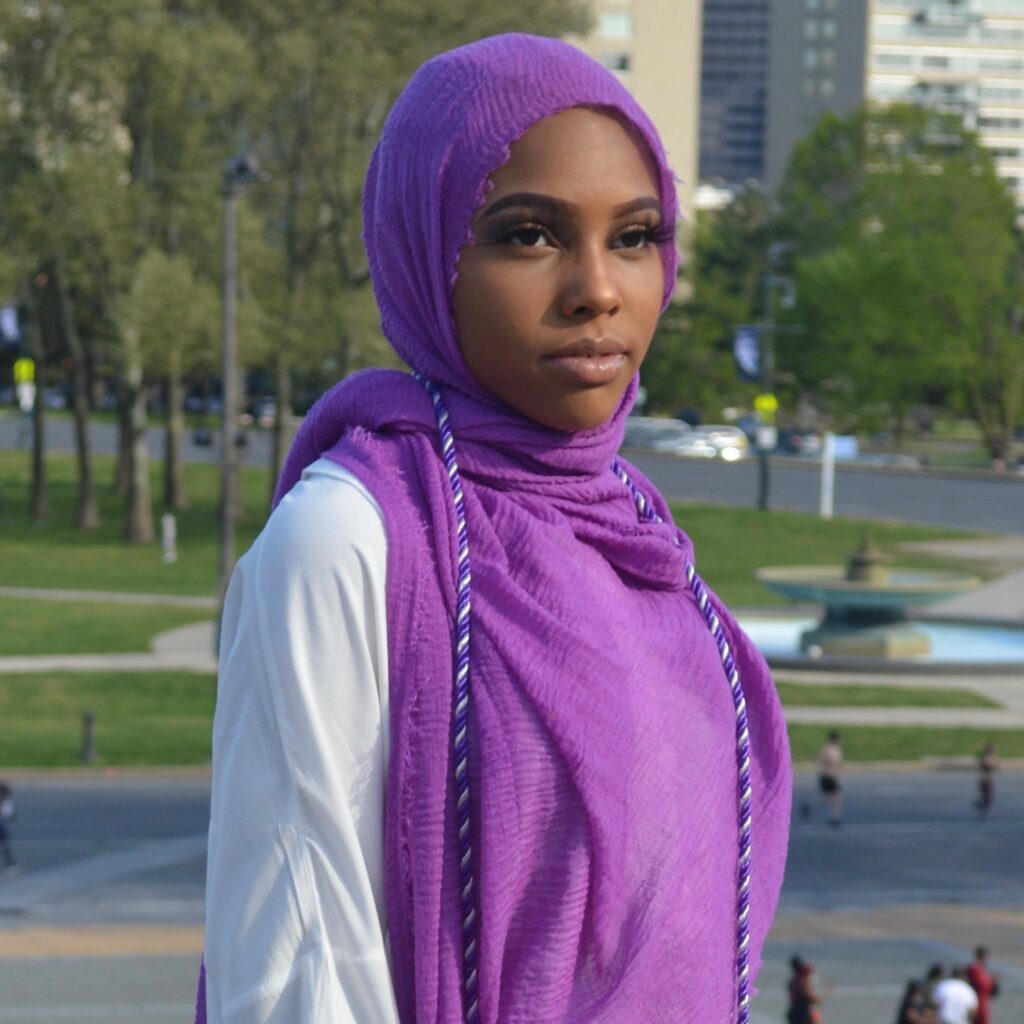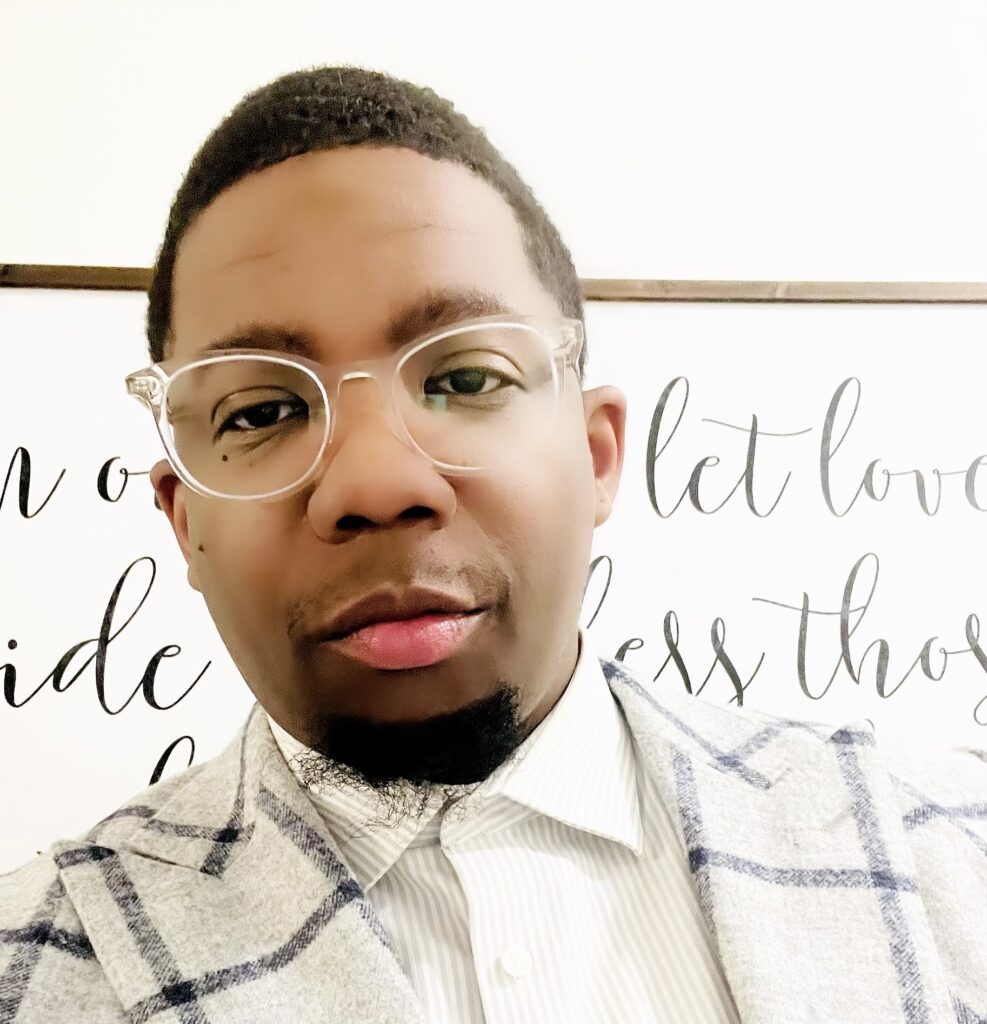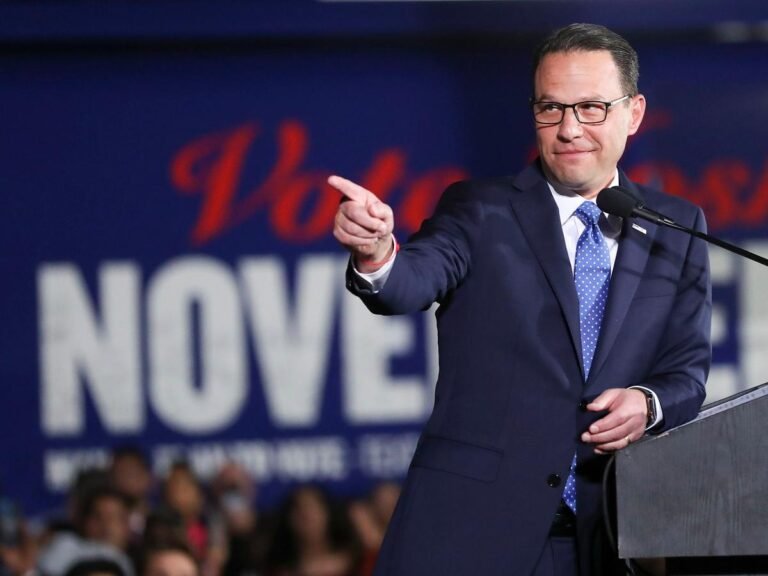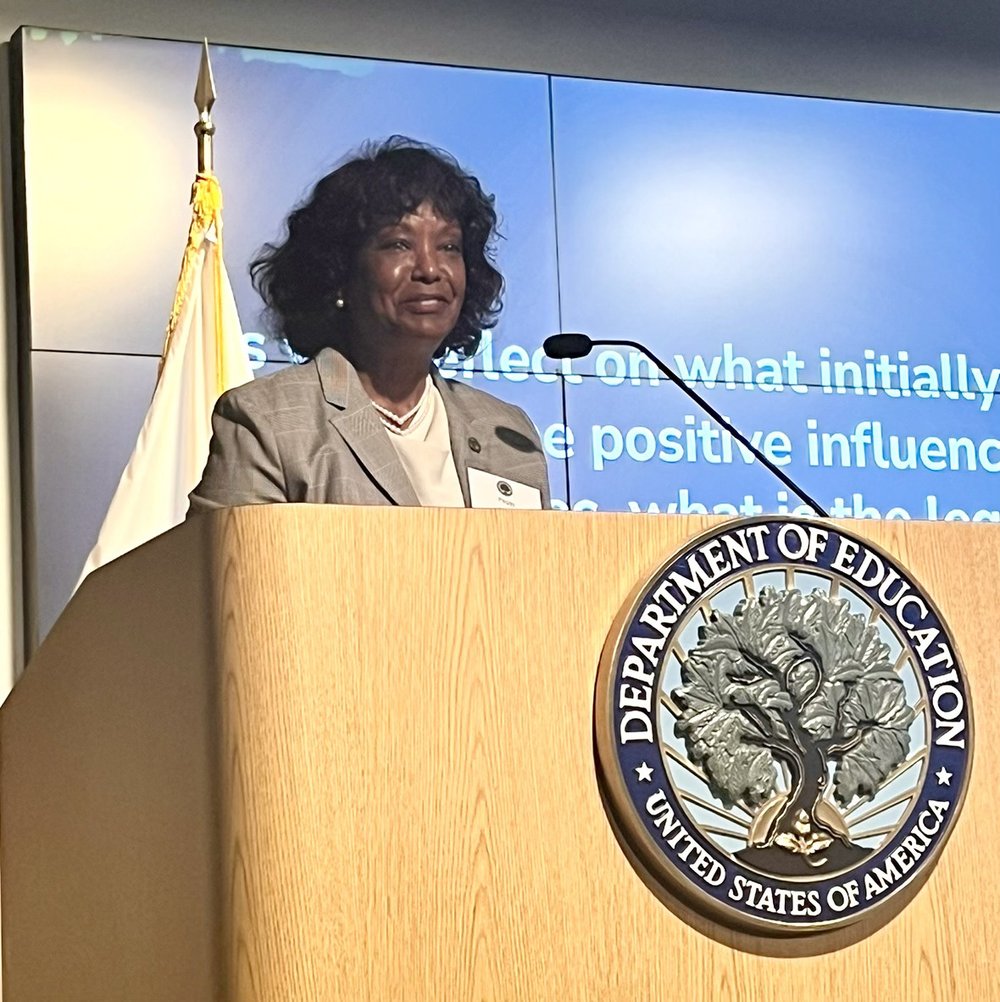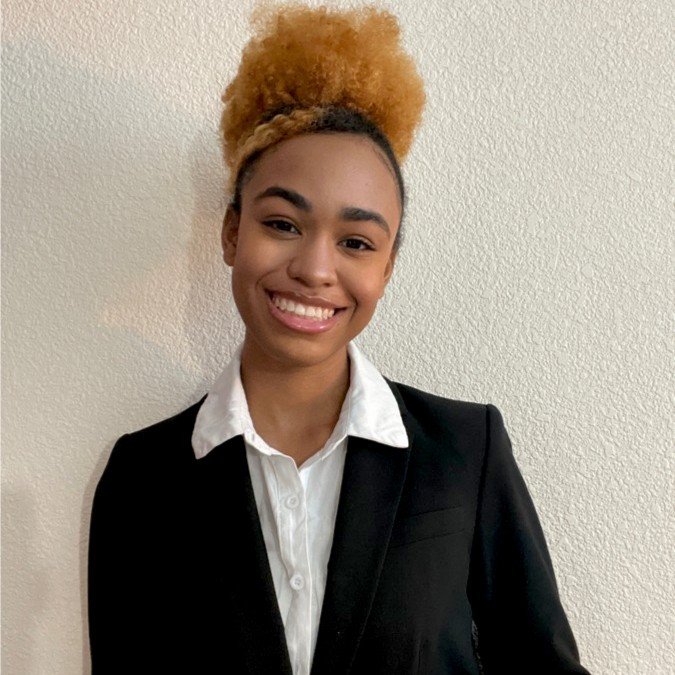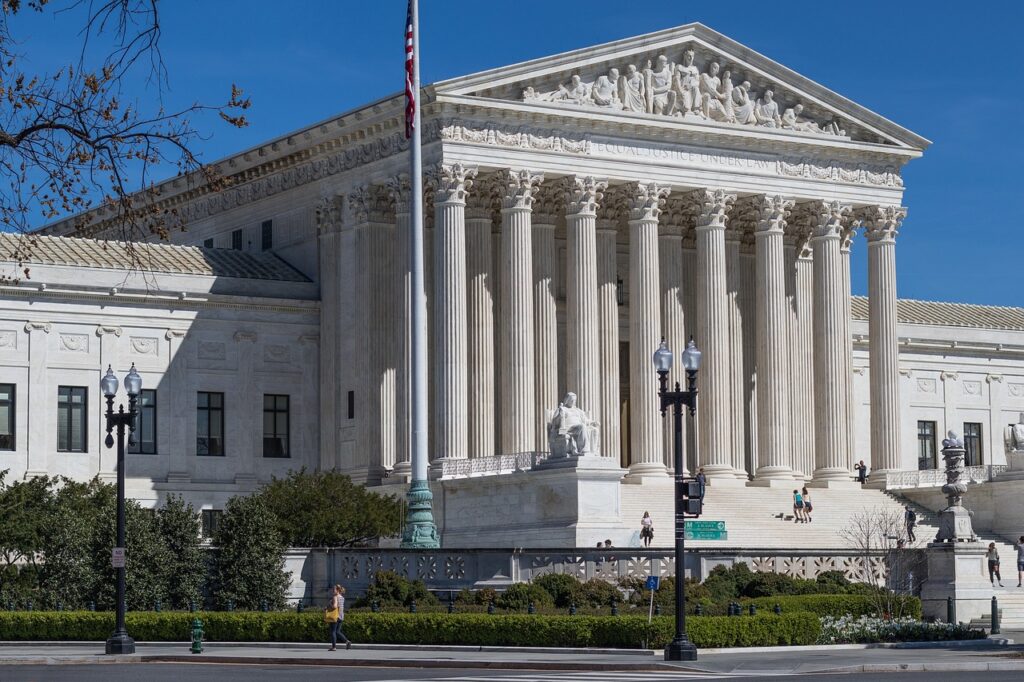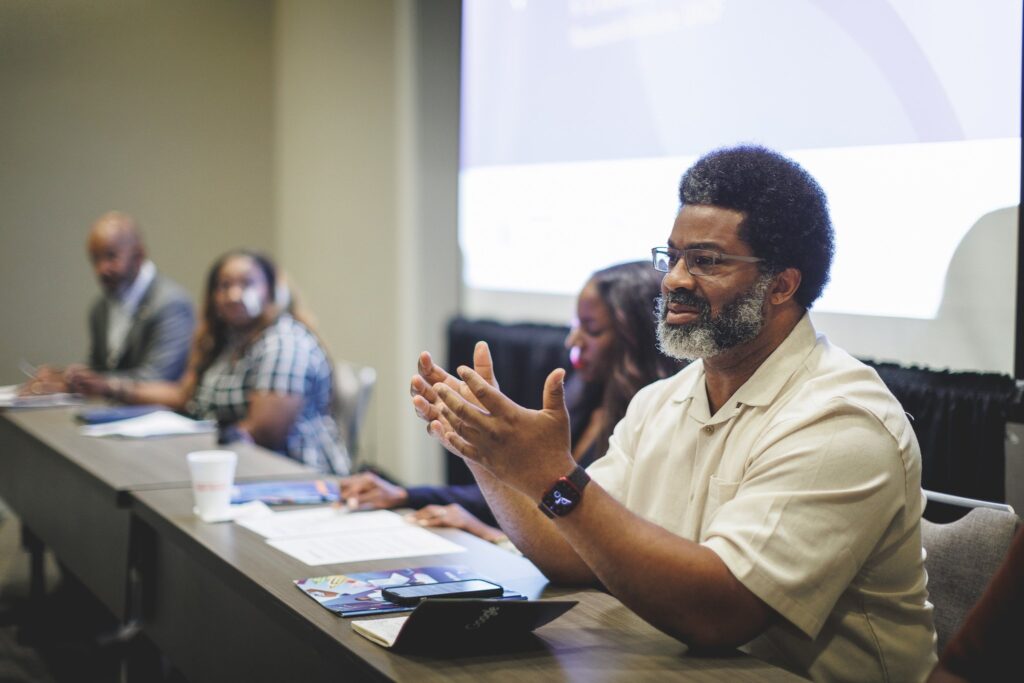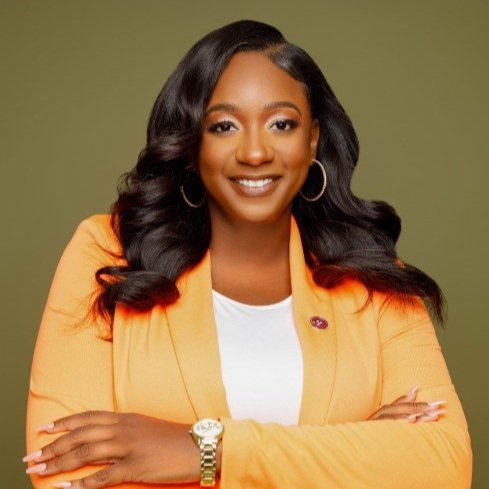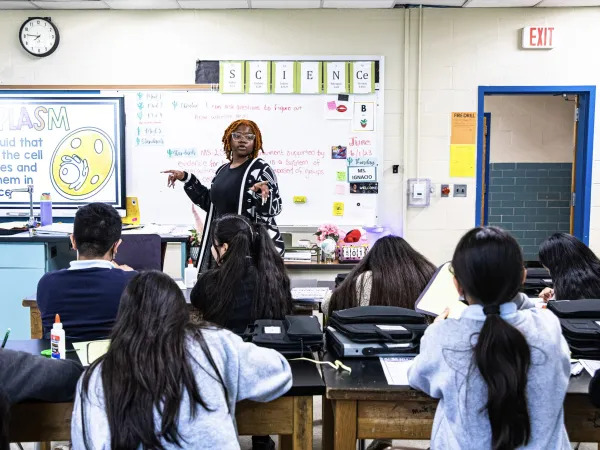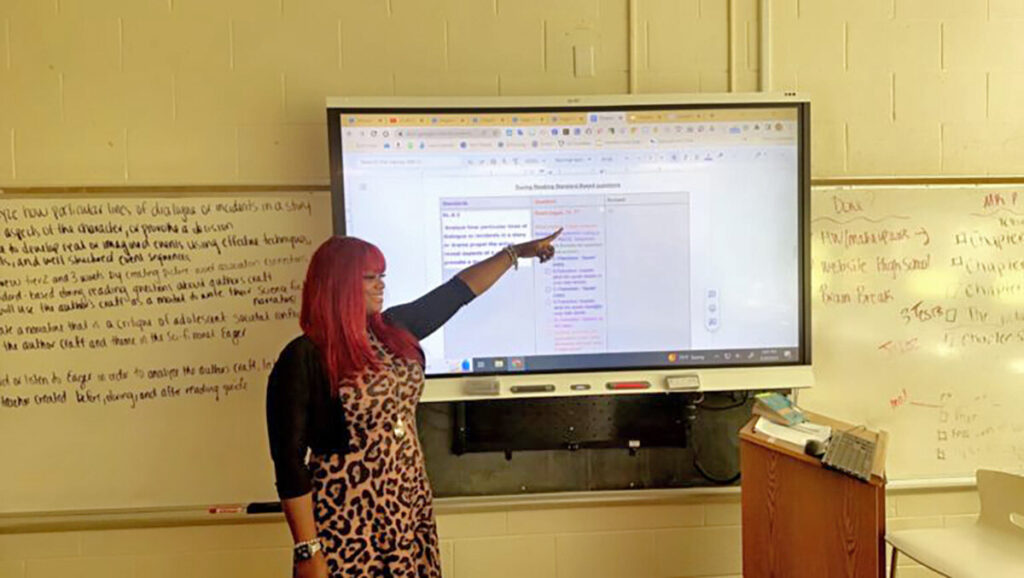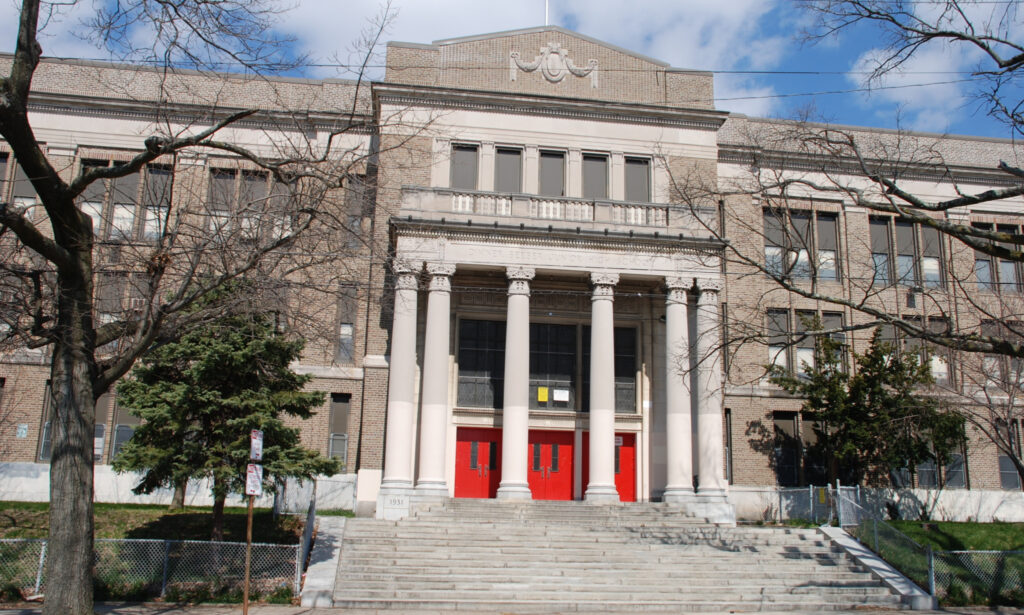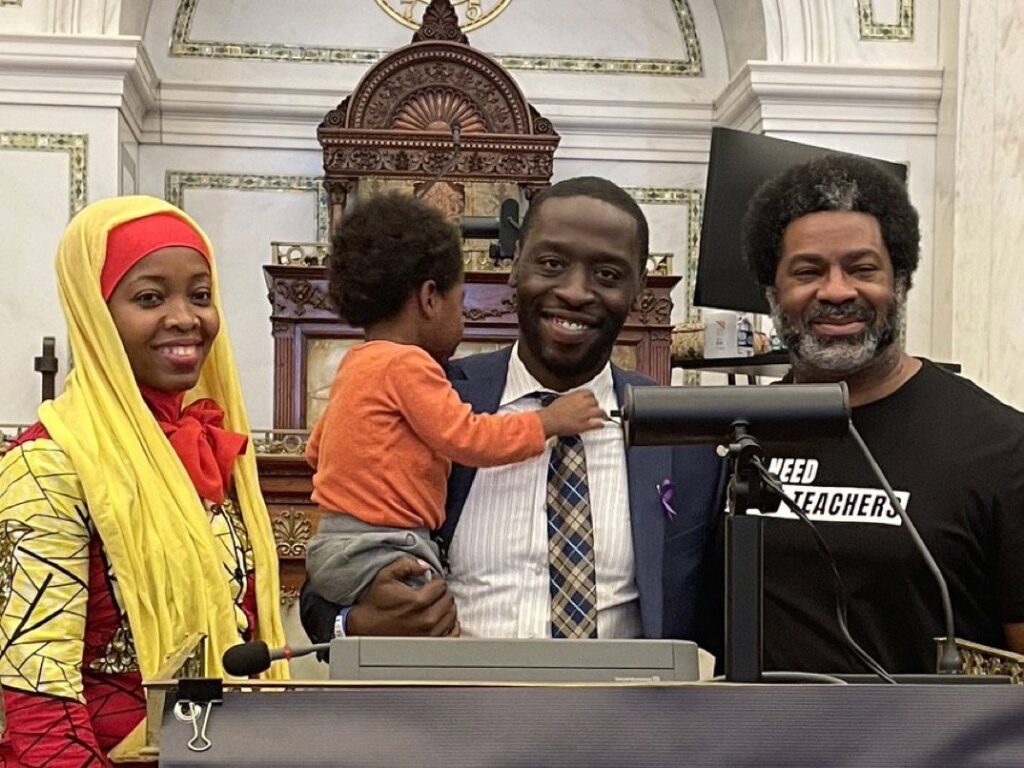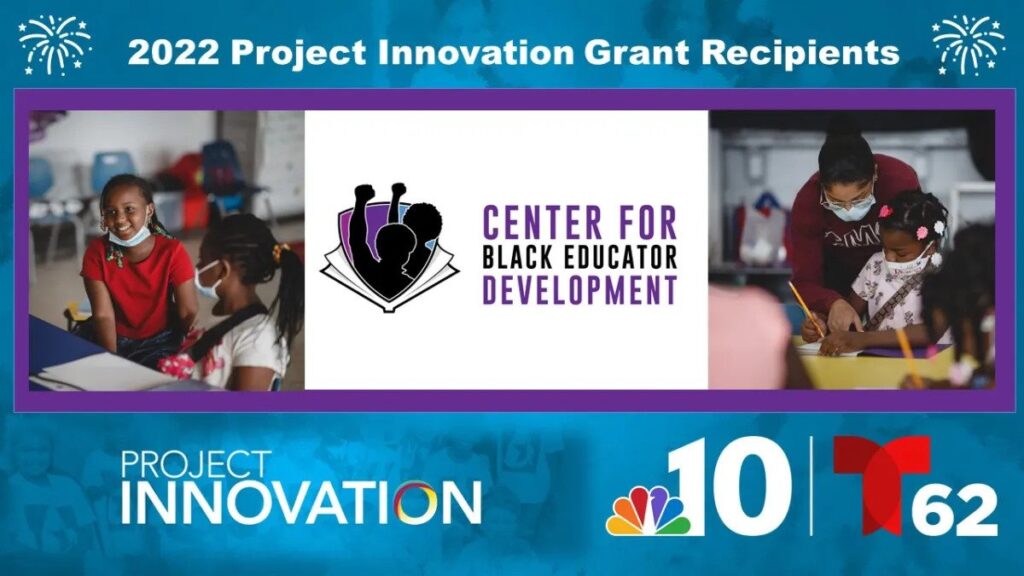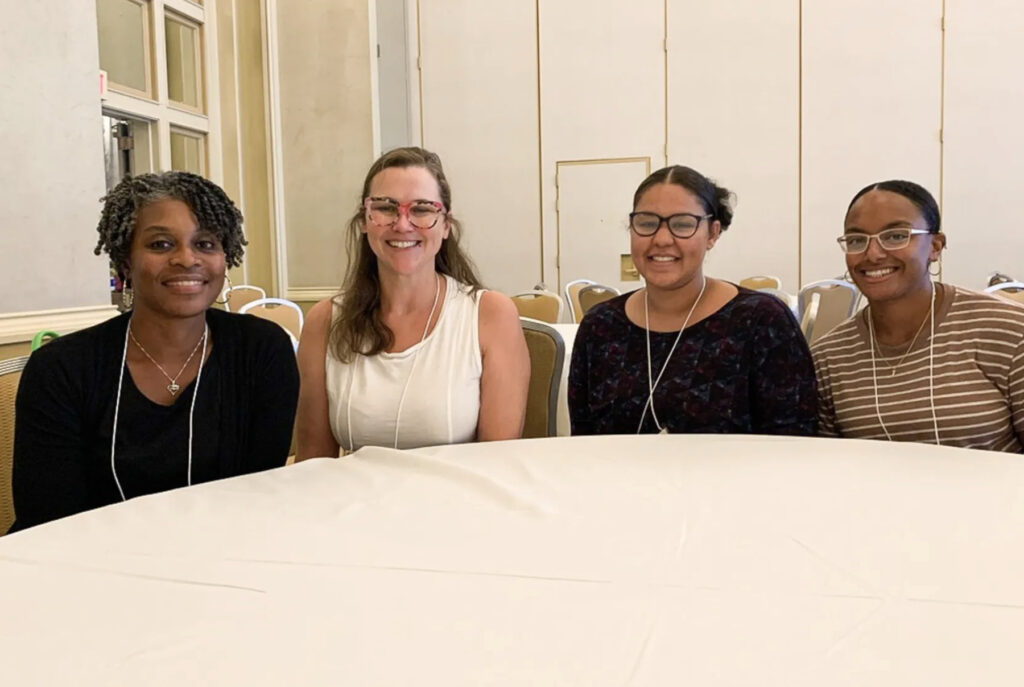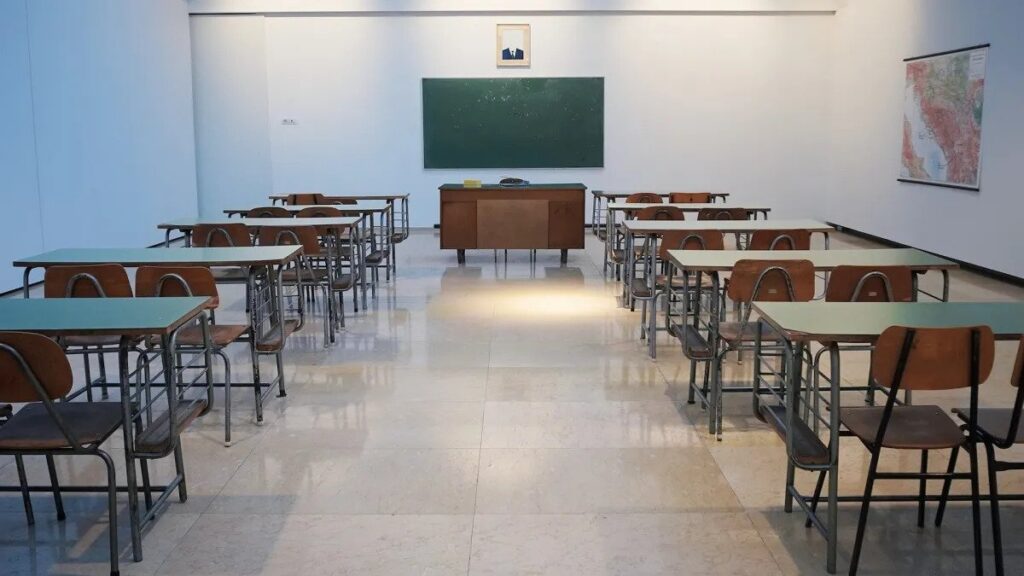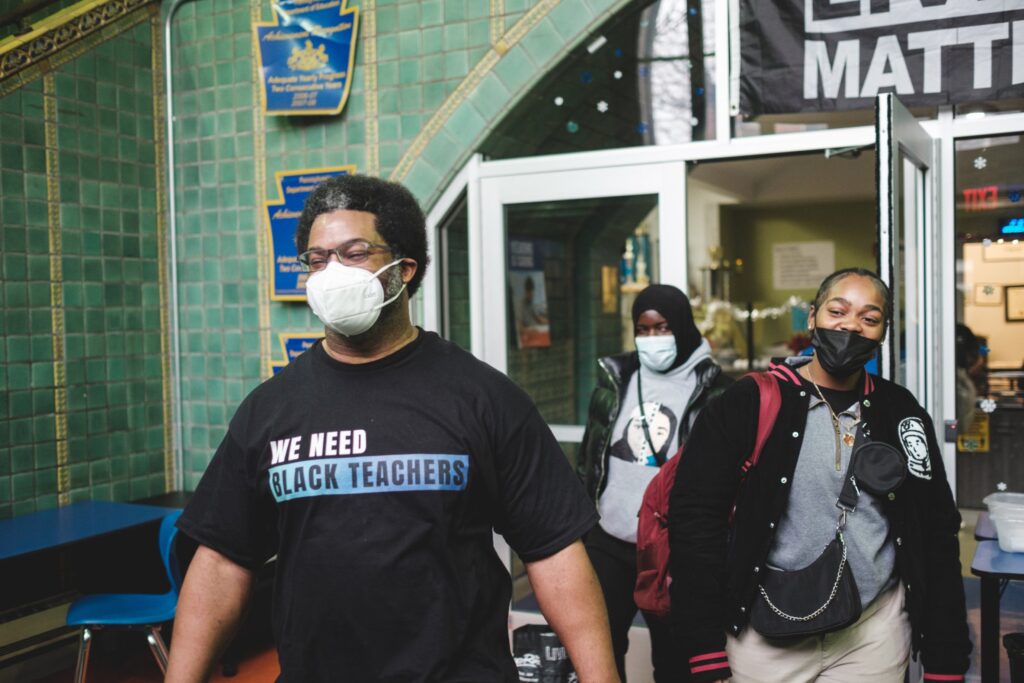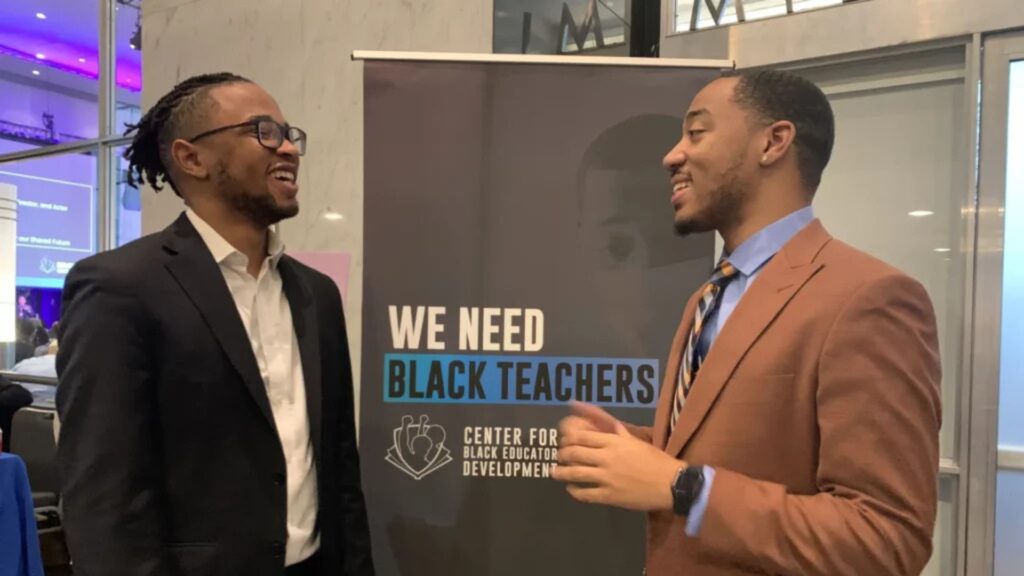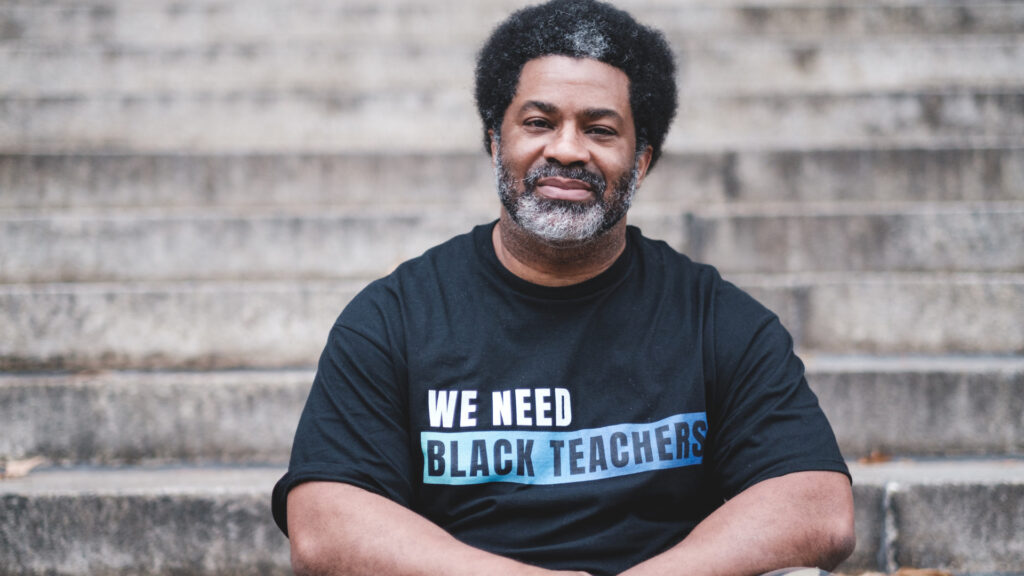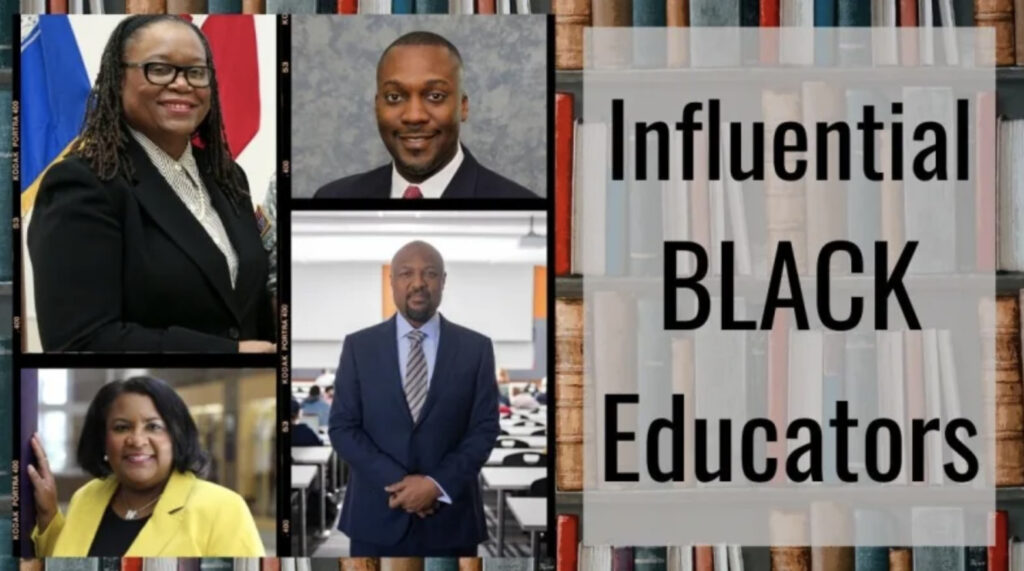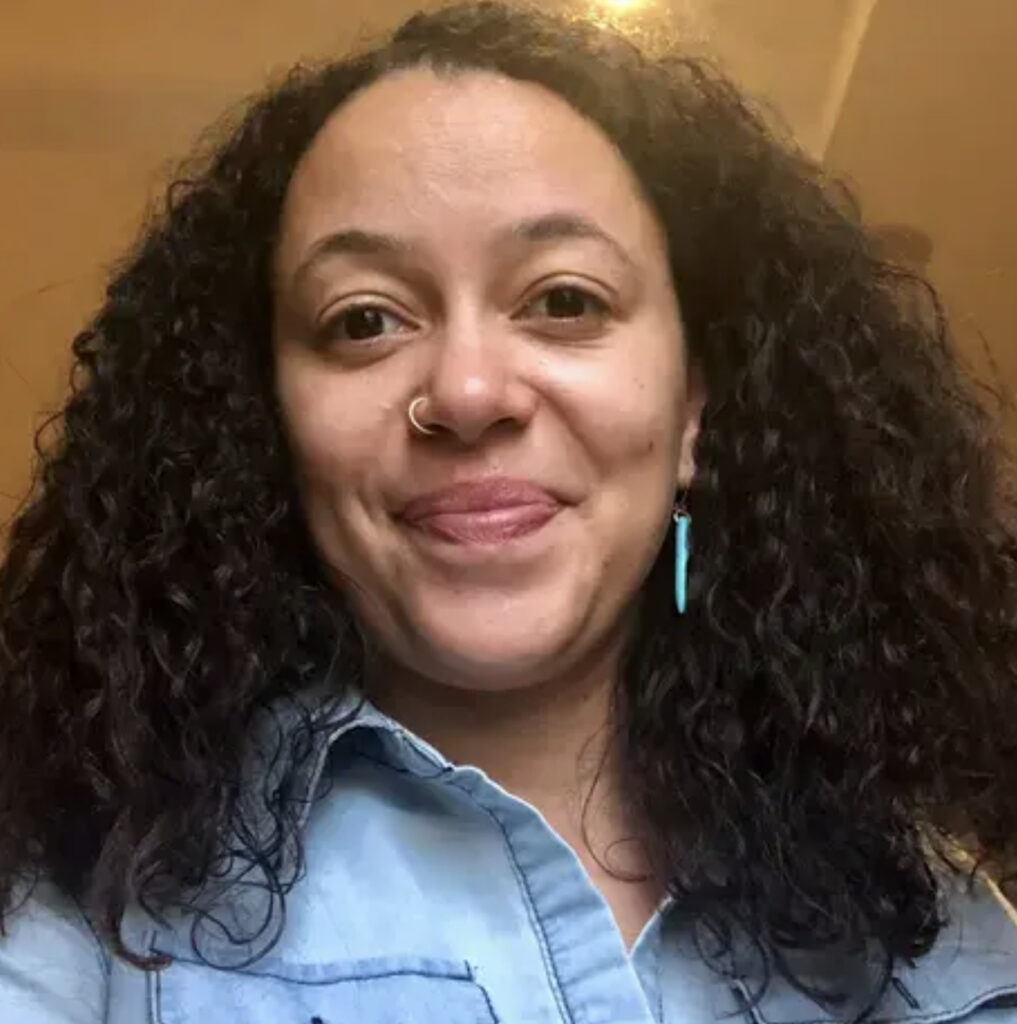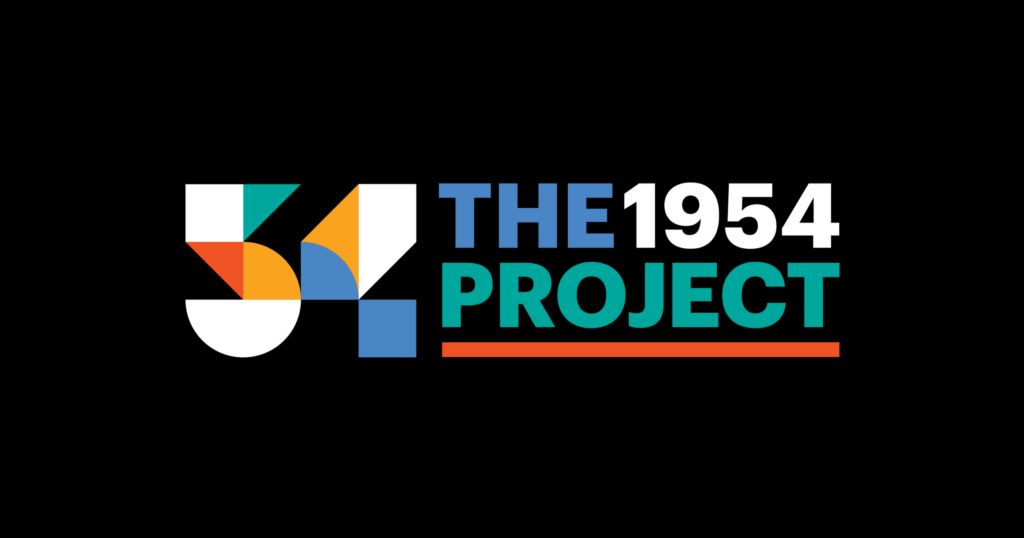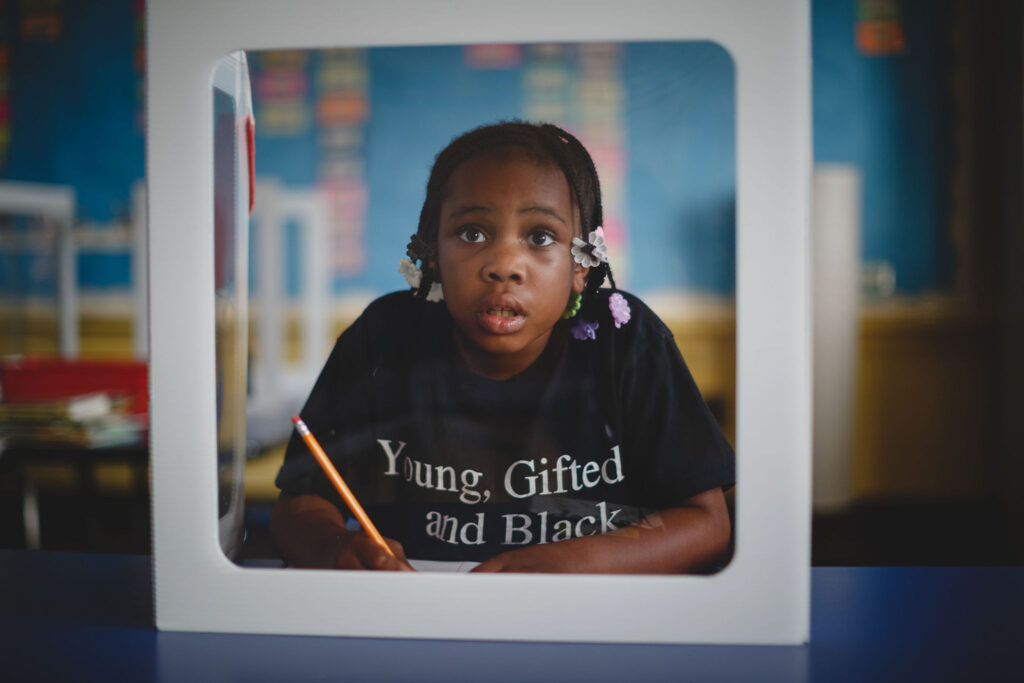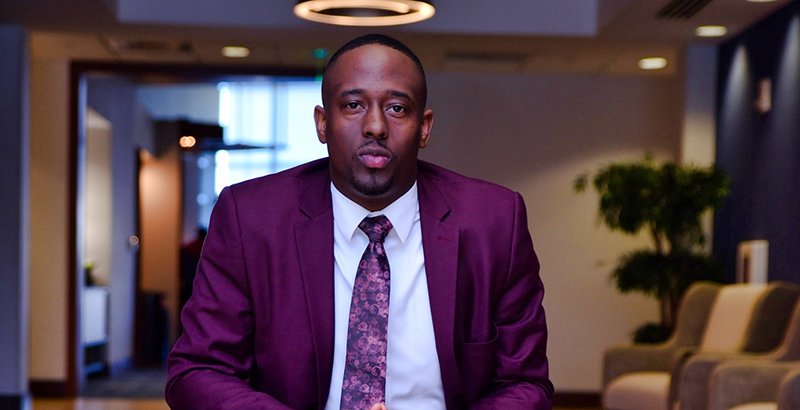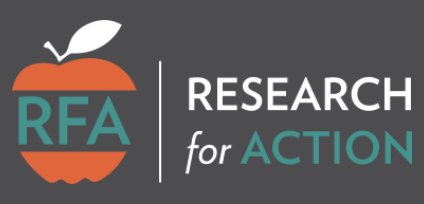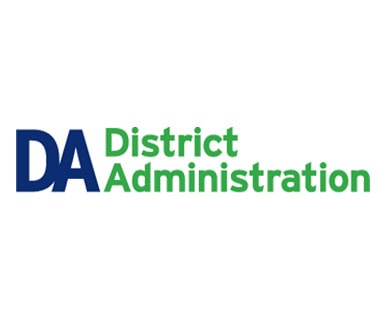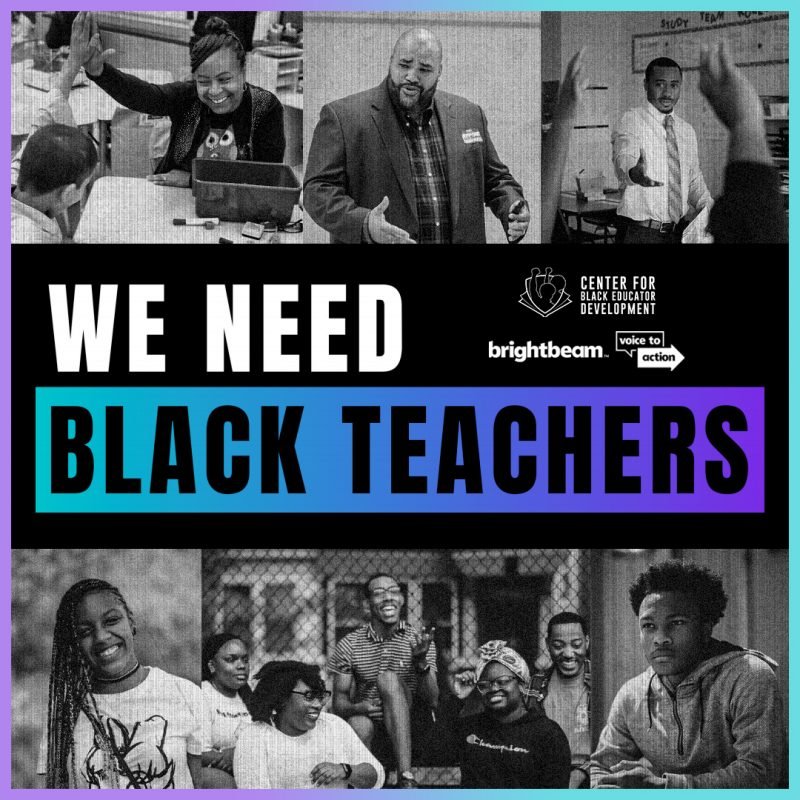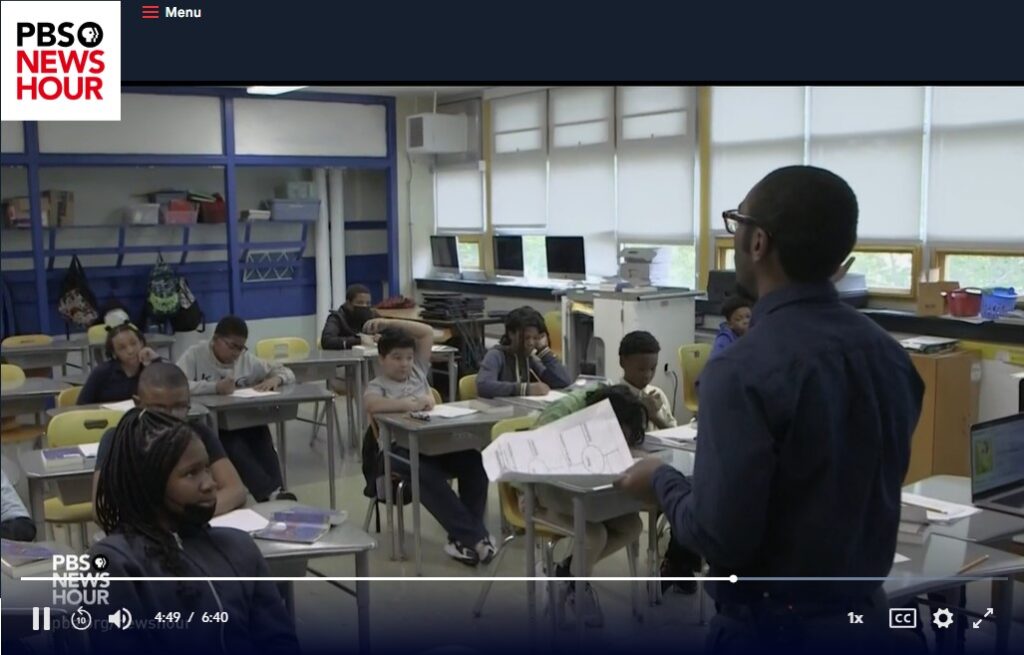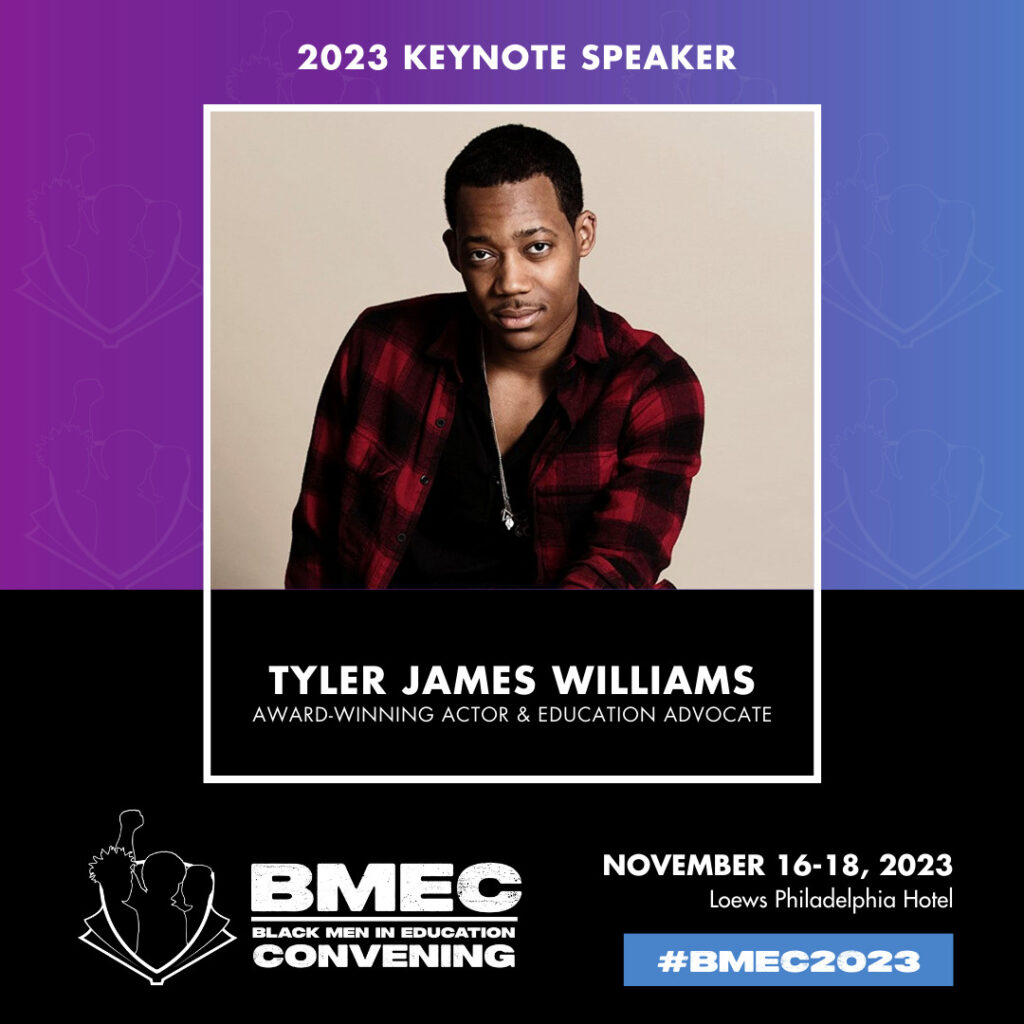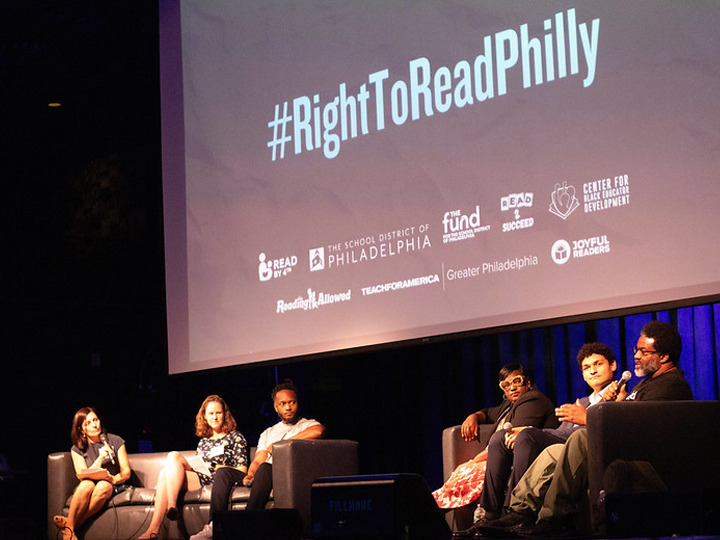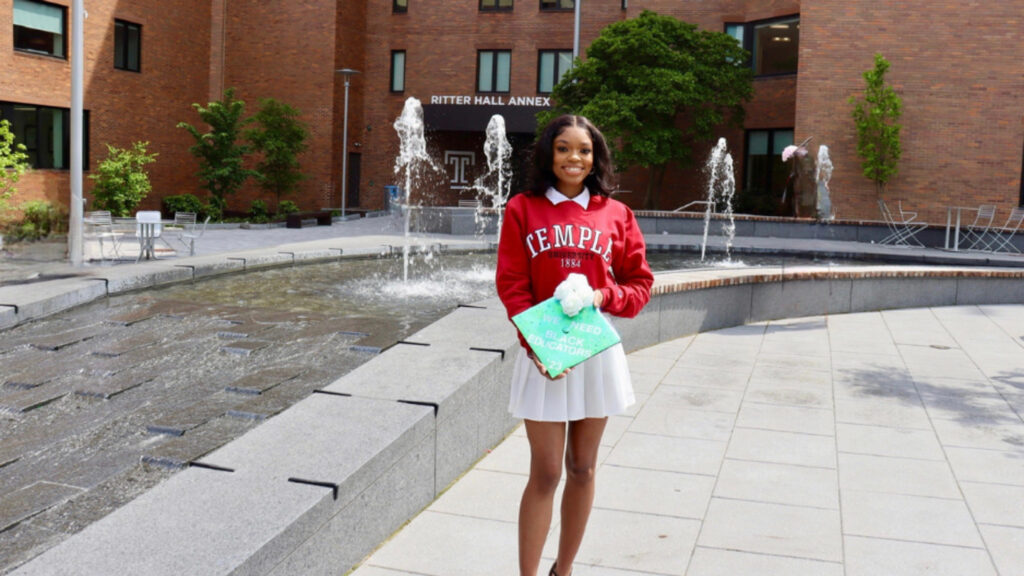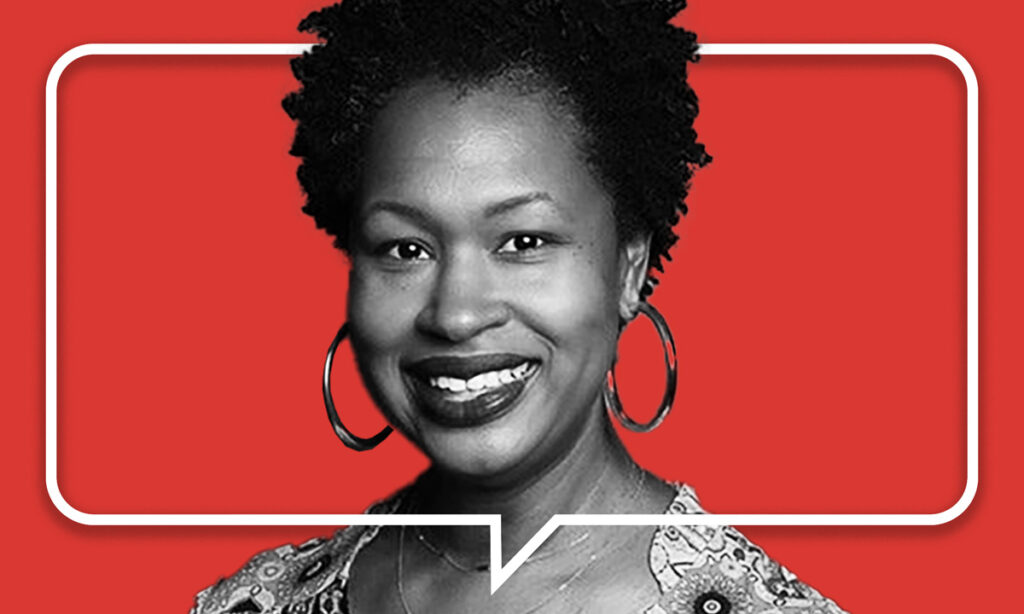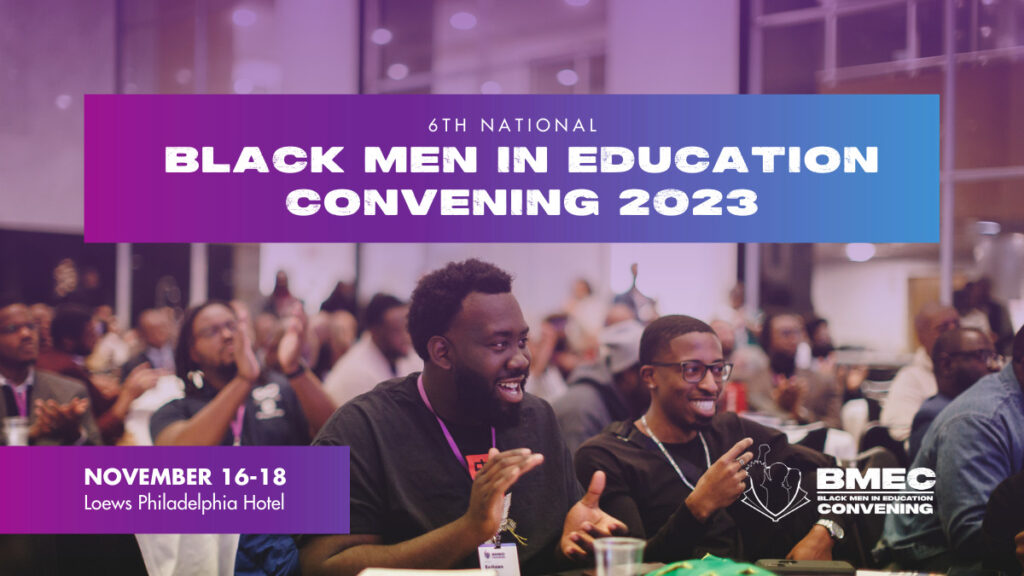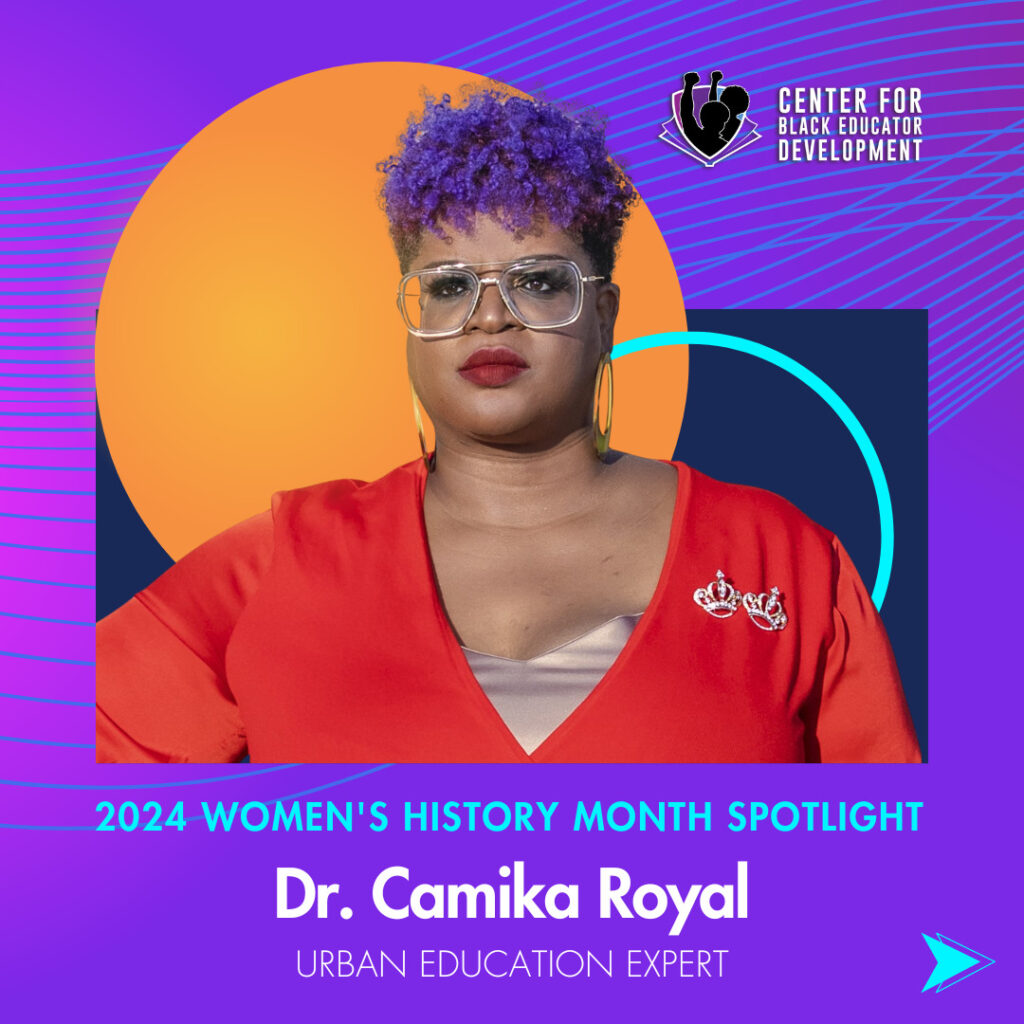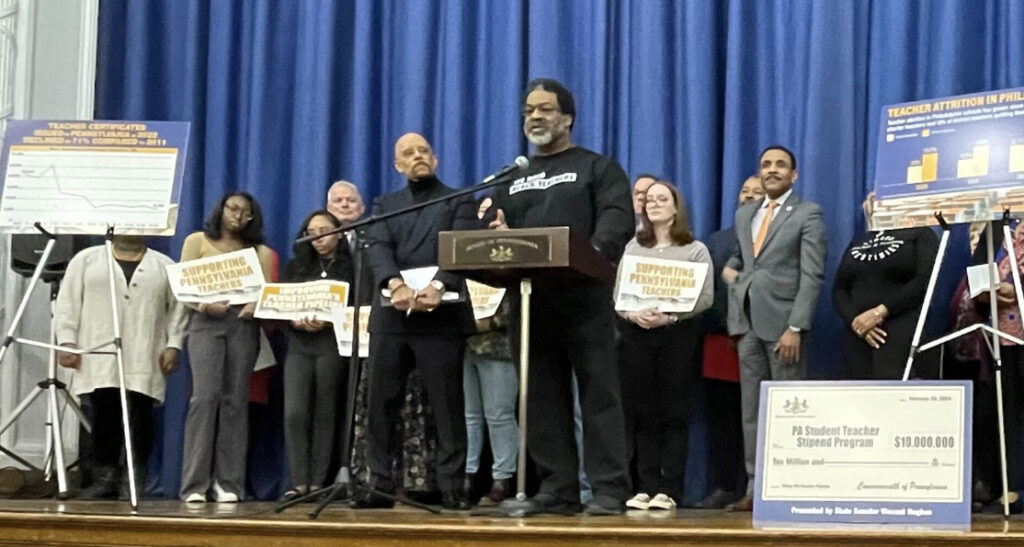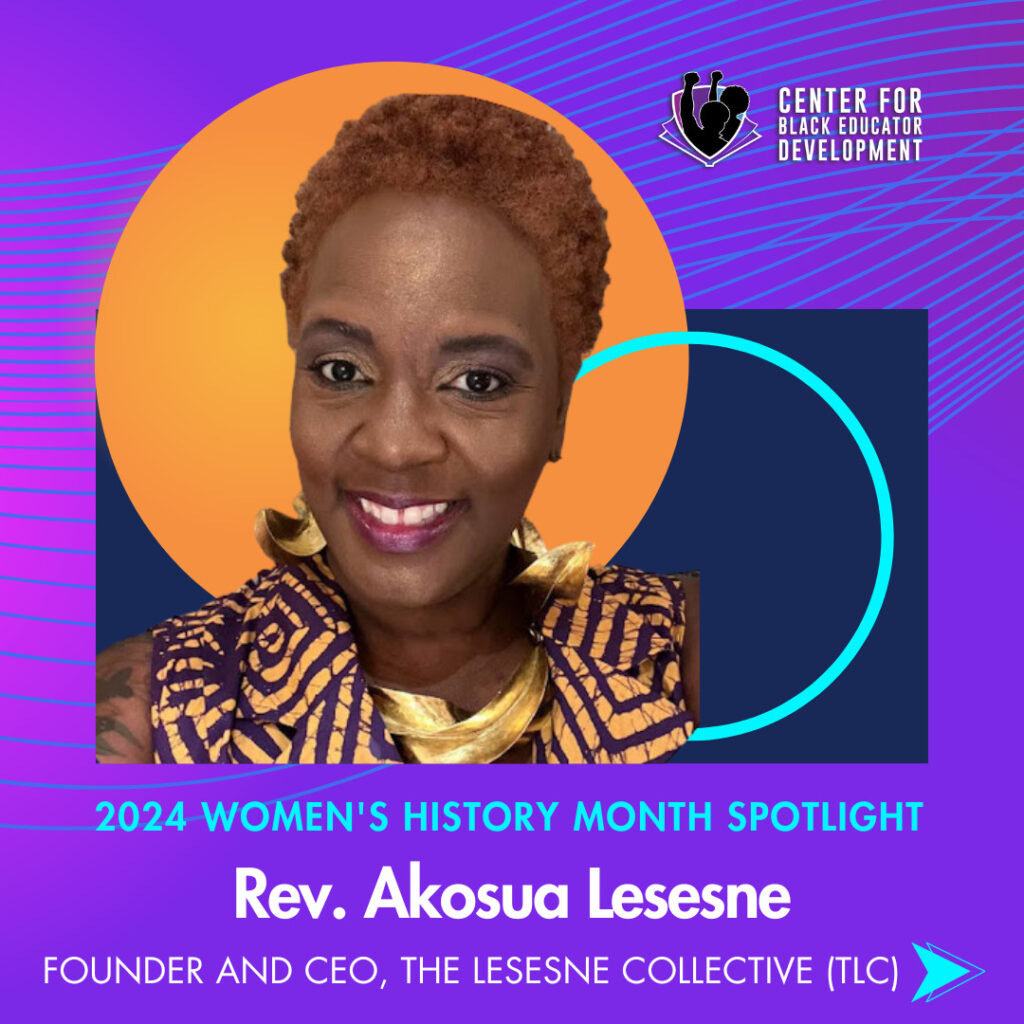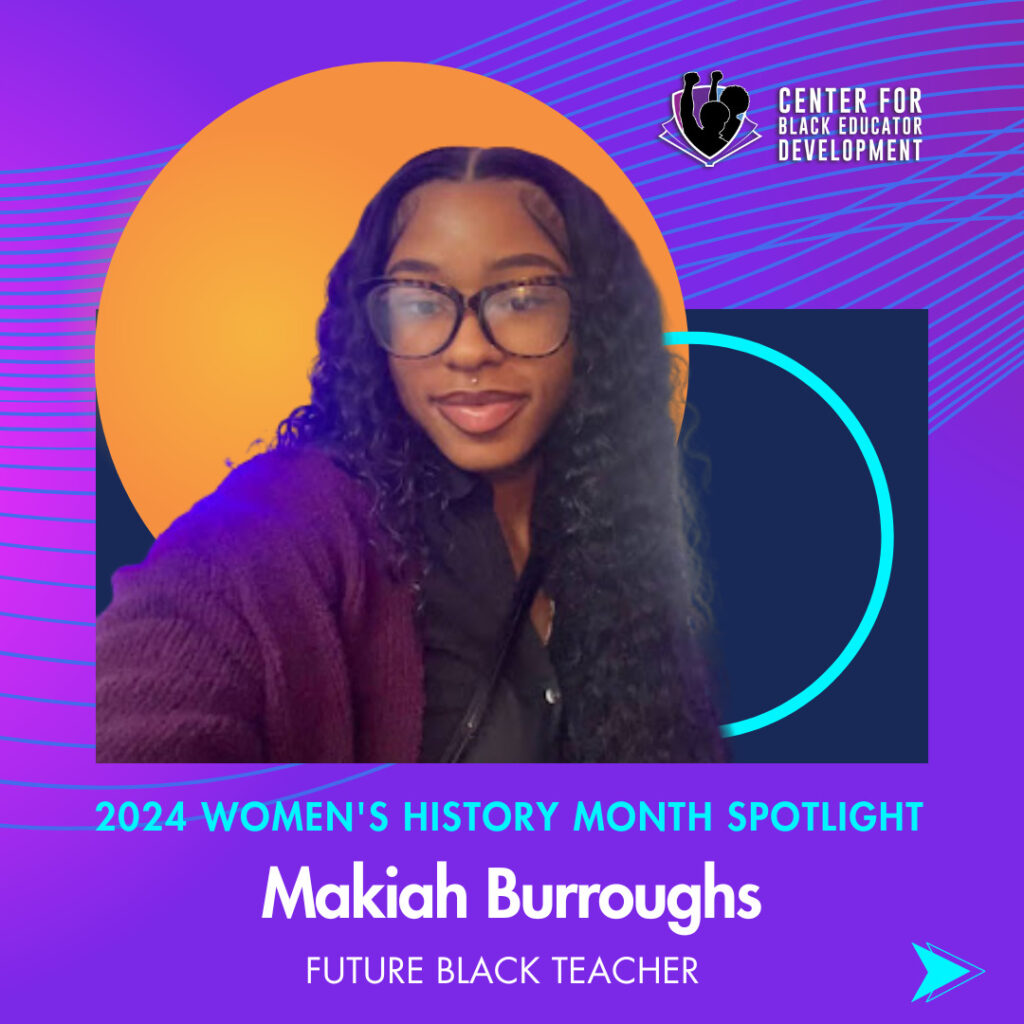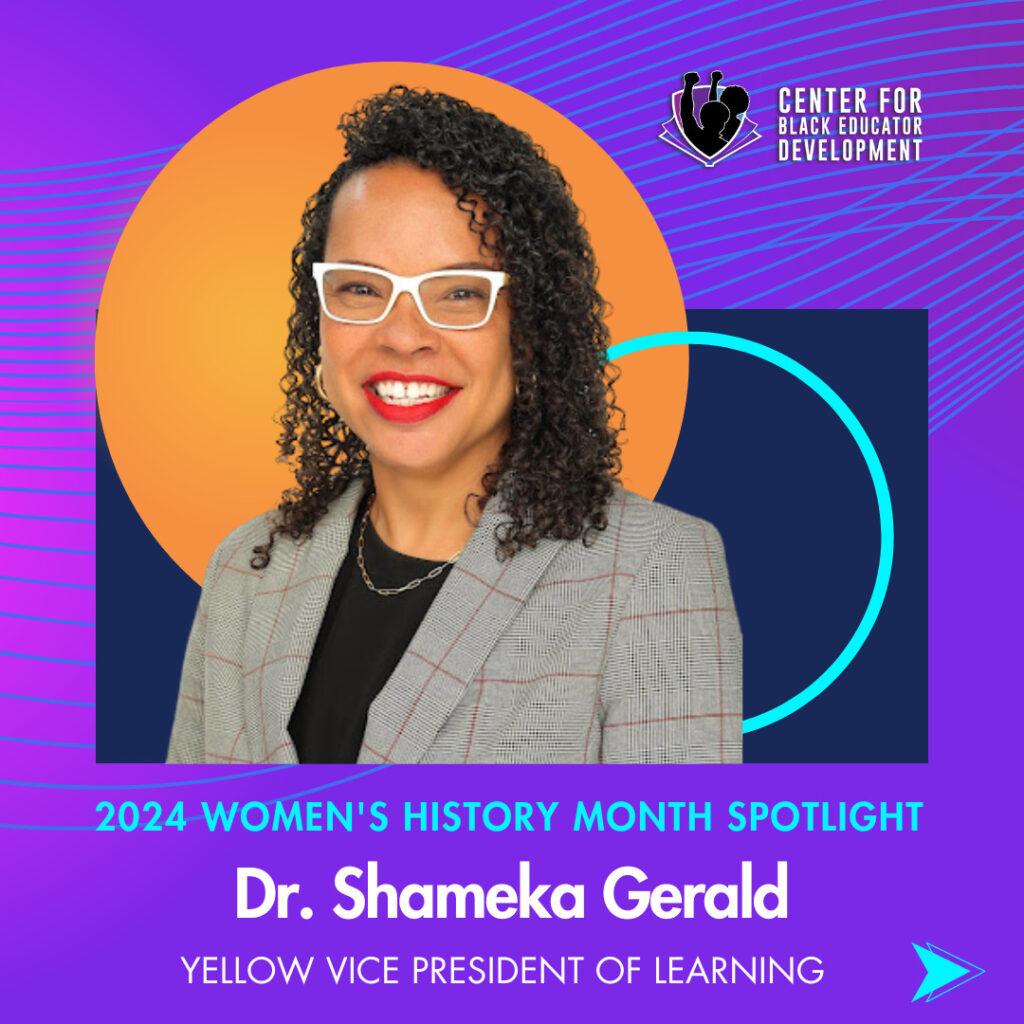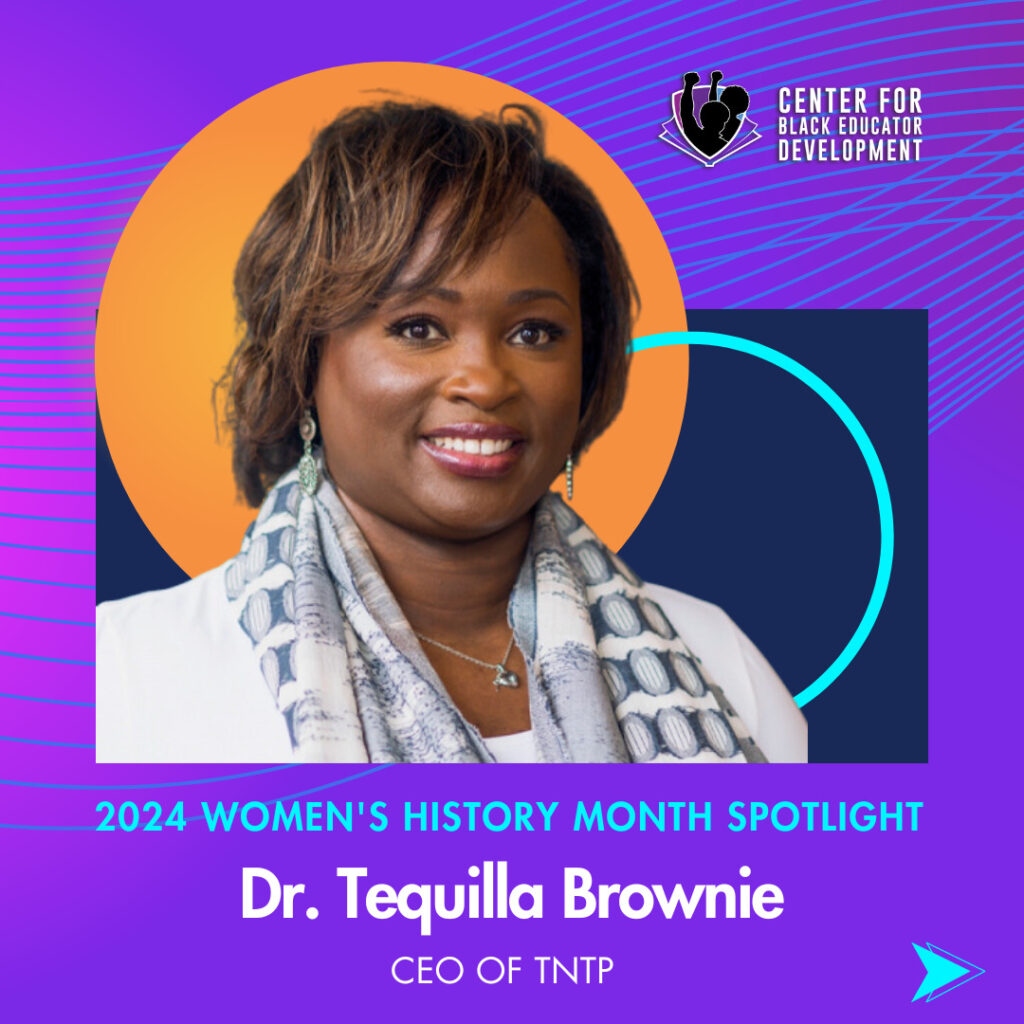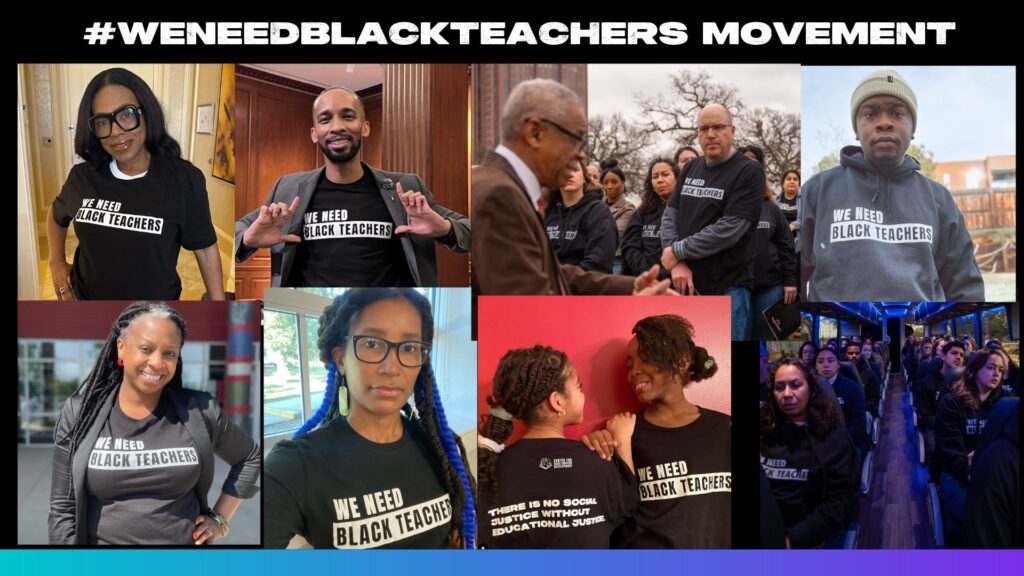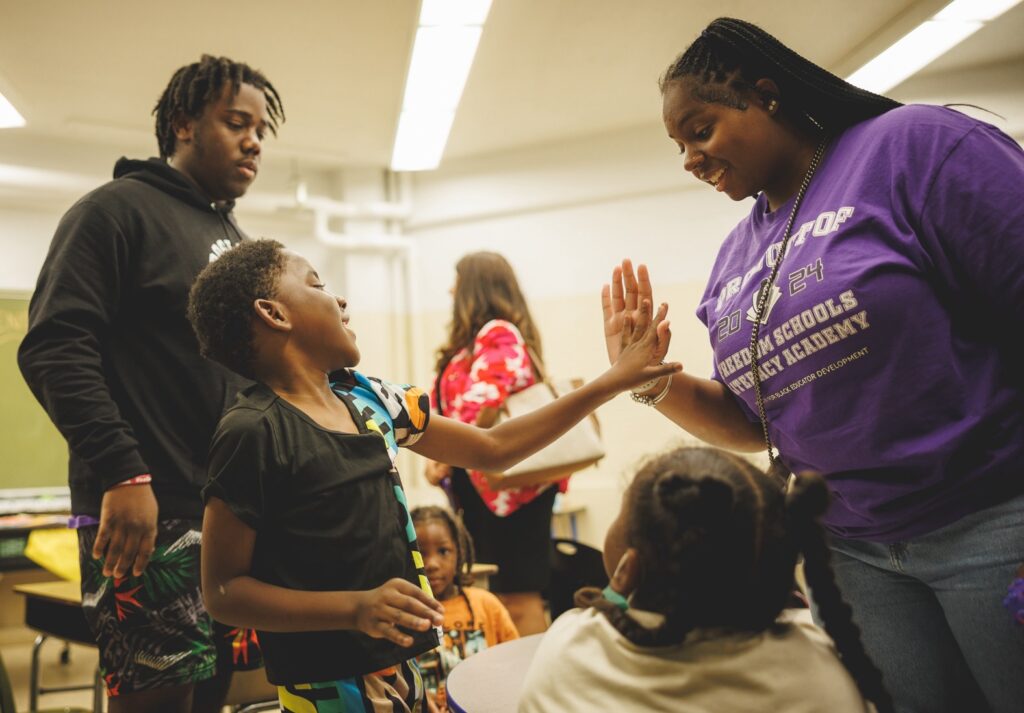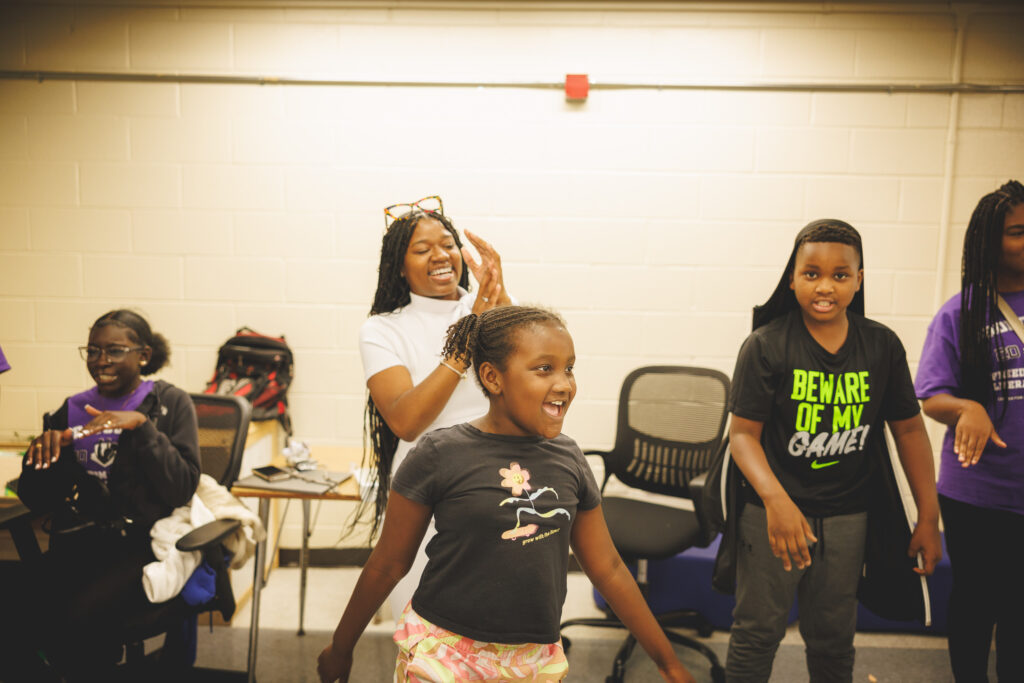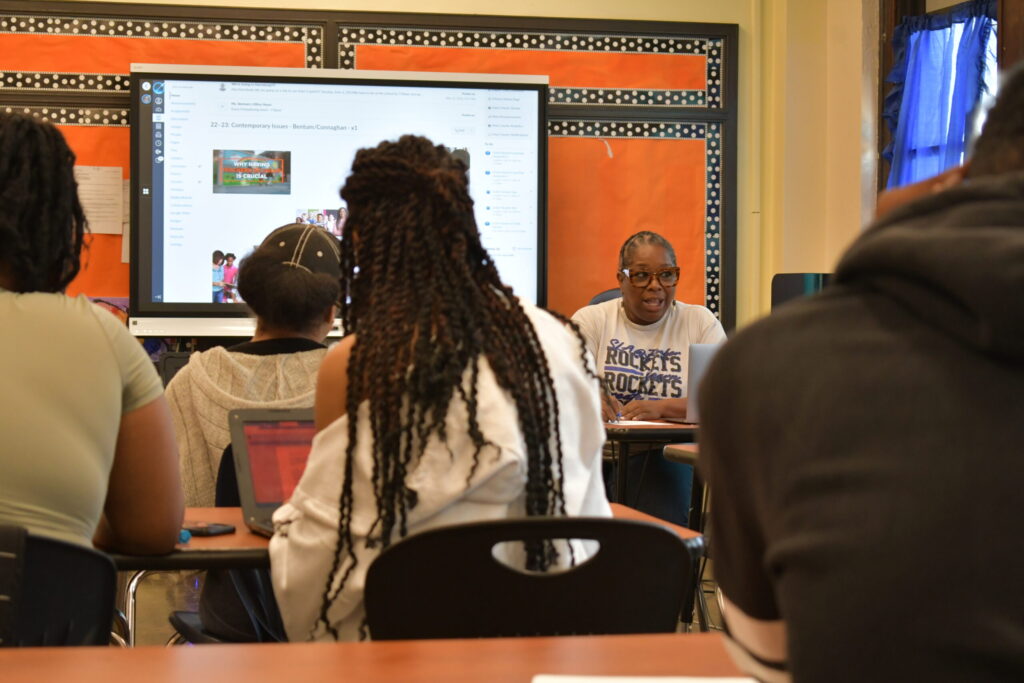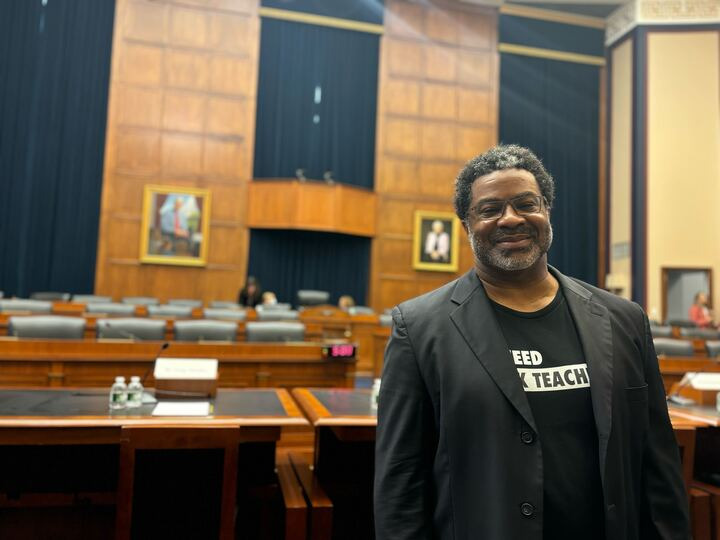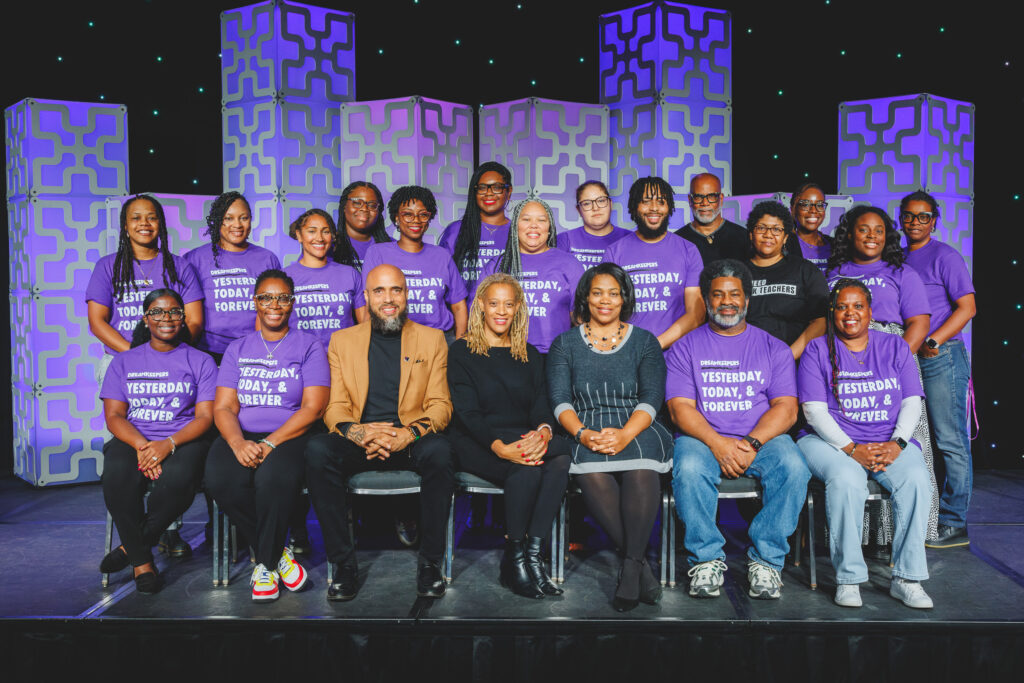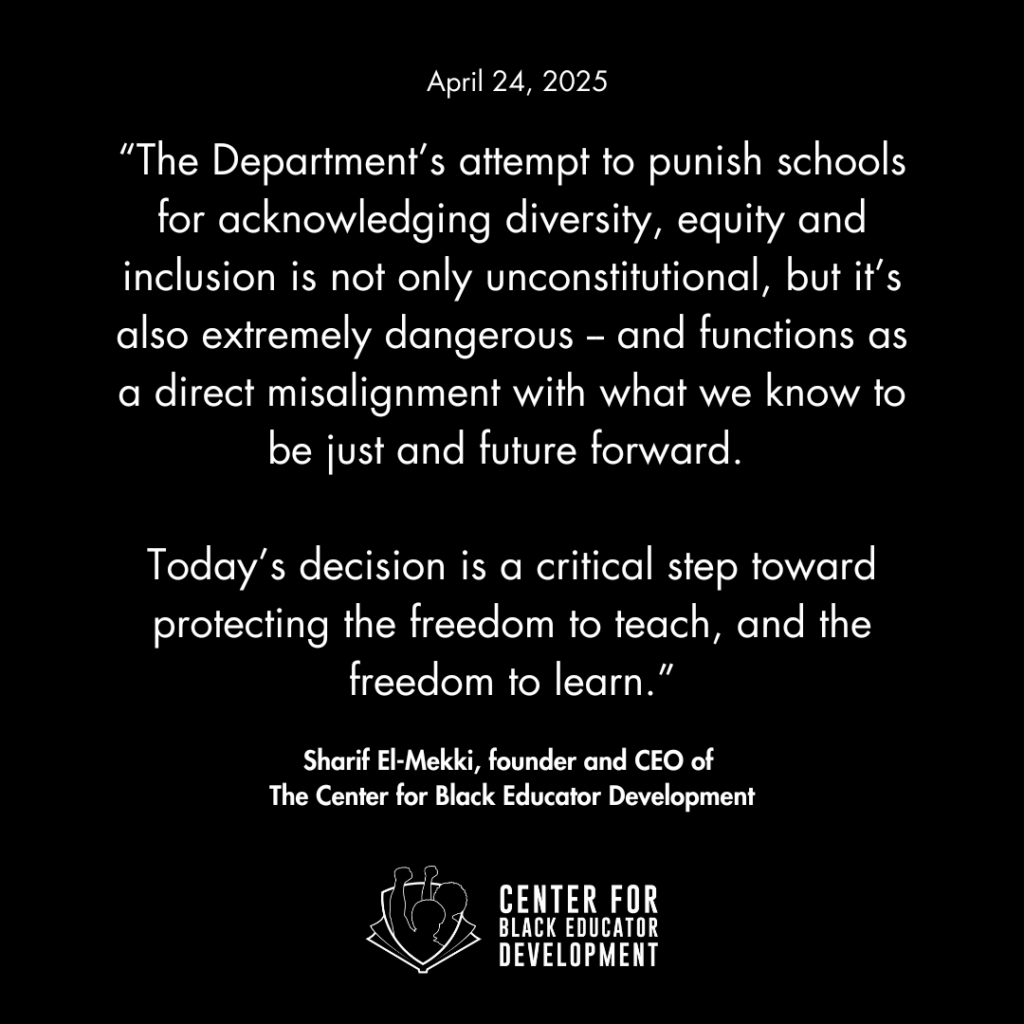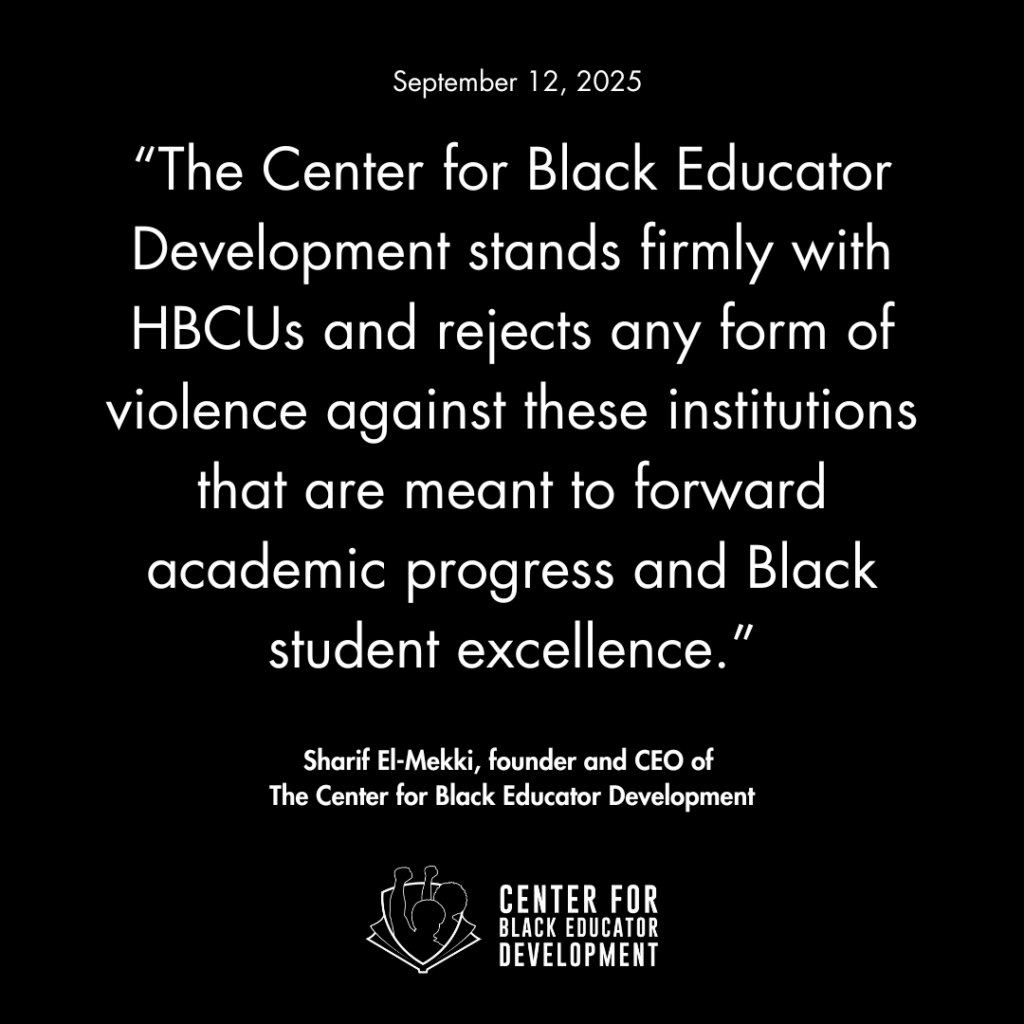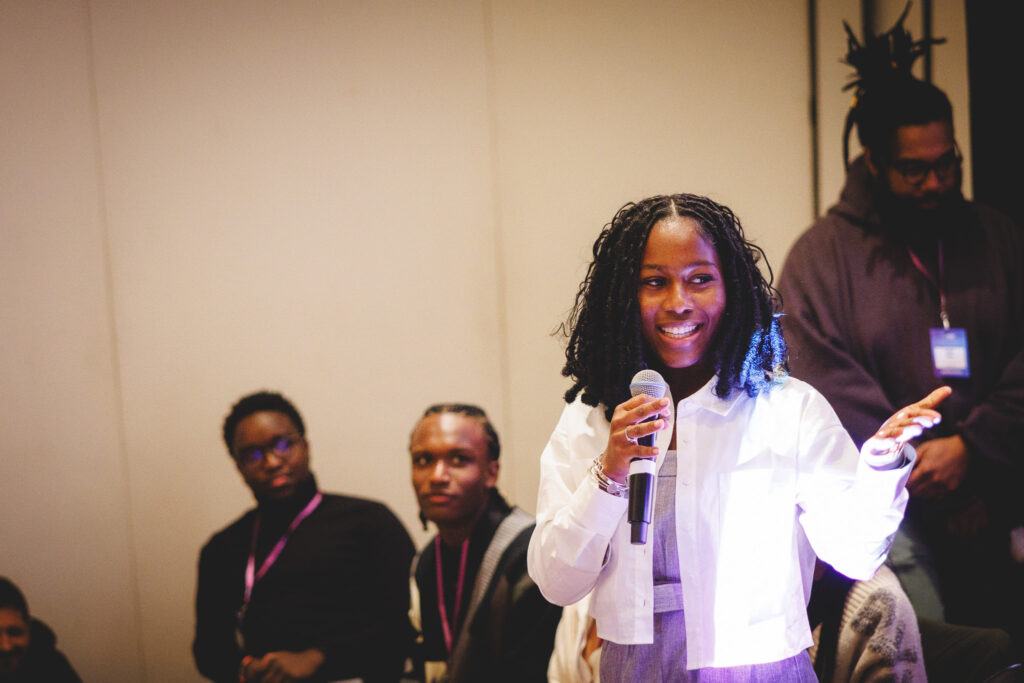Building Momentum for Teacher Diversity in Philadelphia (Part I)

By Ebony English, William Penn Foundation
Think about your K-12th grade teachers. Did you have teachers who shared your racial or cultural background? Did you have teachers who did not? I hope the answer to both questions is “yes.”
However, for many students of color the answer to the first question is “no,” and research shows that’s a problem. Study after study shows that all students, particularly students of color, benefit from diverse teachers. In fact, when Black students have at least one Black teacher by 3rd grade, they are 13 percent more likely to enroll in college. When a Black student has two Black teachers, they are 32 percent more likely to go to college (National Bureau of Economic Research, 2018).
In Philadelphia, although the student population in public schools is 86 percent students of color, teachers of color make up about 34 percent of all public-school teachers. This means that many students infrequently encounter teachers who share their racial or cultural background. What’s more, Philadelphia public schools – district and charter schools combined – employed nearly 1,200 fewer Black teachers in 2020-21 than they did 20 years ago, even as the number of teachers has increased for other race or ethnicity subgroups, according to findings in a new analysis from Research for Action (RFA).
“There is consensus in research, our classrooms and communities about the importance of Black teachers. Through authentic community-engaged research, Research for Action is working with community members to use research to create meaningful changes in policy and practice," said Kate Callahan, Executive Director, RFA. "The more than 80 community members who recently attended our Teach-In on the need for more teachers of color is proof positive that research can inspire action and change.”
Compounding this issue is a nationwide decrease in people entering the teaching profession. From 2008-09 to 2017-18, the number of college students across the country entering teacher programs declined by 34 percent, and the number of students completing teacher preparation programs decreased by 30 percent. In Pennsylvania, since 2013, this decline is almost double the national percentage, with the number of people seeking teaching certification in Pennsylvania falling by more than 67 percent (Research for Action, 2020).
Fortunately, throughout Philadelphia, many leaders are facing these issues head on and are collaborating and building structures to recruit and retain teachers of color with the shared goal of transforming student achievement and success. The Center for Black Educator Development is taking this issue national with the campaign We Need Black Teachers. Public school teachers in the United States are less racially diverse as a group than their students – and the diversity of the workforce has not kept pace with the rapid growth in the racial diversity of students, according to National Center for Education Statistics.


